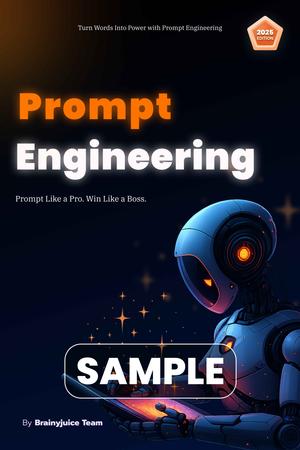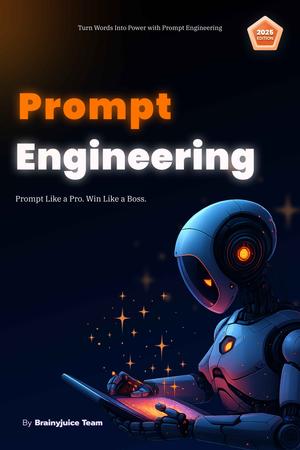
Machine learning can feel overwhelming - endless math, confusing algorithms, and an ever-growing list of tools. The truth is: you don’t need to learn everything at once. What you need is a roadmap.
Here’s a clear, step-by-step path from beginner to advanced that will take you from zero to ML engineer.
Step 1: Build the Math Foundation
Before jumping into code, you need the fundamentals.
-
Linear Algebra: Vectors, matrices, dot products, eigenvalues.
-
Probability & Statistics: Distributions, Bayes’ theorem, expectation, variance.
-
Calculus: Derivatives, gradients, optimization basics.
Resources: Khan Academy, Mathematics for Machine Learning by Deisenroth.
Step 2: Learn Python for ML
Python is the universal language of AI. Focus on:
-
NumPy & Pandas – data handling.
-
Matplotlib & Seaborn – data visualization.
-
Scikit-learn – your first ML library.
Practice: Build small projects - spam classifier, stock trend predictor, movie recommender.
Step 3: Master ML Basics
Learn the essential algorithms:
-
Supervised Learning: Linear regression, logistic regression, decision trees.
-
Unsupervised Learning: K-means clustering, PCA.
-
Model Evaluation: Accuracy, precision/recall, confusion matrix.
This stage gives you the intuition for how ML models learn from data.
Step 4: Deep Learning Foundations
Now it’s time to go beyond classical ML.
-
Neural Networks: Perceptrons, activation functions, loss functions.
-
Backpropagation: How networks learn via gradients.
-
Frameworks: PyTorch or TensorFlow.
Projects: Digit recognition with MNIST, simple sentiment analysis.
Step 5: Specialize in Key Domains
Choose areas that excite you:
-
Computer Vision (CV): CNNs, object detection, image segmentation.
-
Natural Language Processing (NLP): RNNs, Transformers, language models.
-
Reinforcement Learning (RL): Agents, rewards, Q-learning, deep RL.
Specialization makes you stand out in the job market.
Step 6: Learn MLOps & Deployment
Most projects fail because they never leave the lab. Learn to:
-
Track experiments (Weights & Biases, MLflow).
-
Deploy models (FastAPI, Docker, ONNX).
-
Use cloud platforms (AWS SageMaker, GCP Vertex AI).
This is what turns you from “student” to “professional.”
Step 7: Stay Updated & Build Portfolio
AI moves fast. Stay relevant by:
-
Reading research papers (arXiv, PapersWithCode).
-
Following Hugging Face, OpenAI, Anthropic.
-
Building a GitHub portfolio with projects, case studies, and notebooks.
Employers don’t just want knowledge; they want proof you can build.
Machine learning isn’t mastered in a week, but with the right roadmap, you’ll avoid wasting years on the wrong things.
Math → Python → ML Basics → Deep Learning → Specialization → Deployment → Portfolio.
Follow this path, and you’ll move from beginner to advanced with clarity and confidence.






